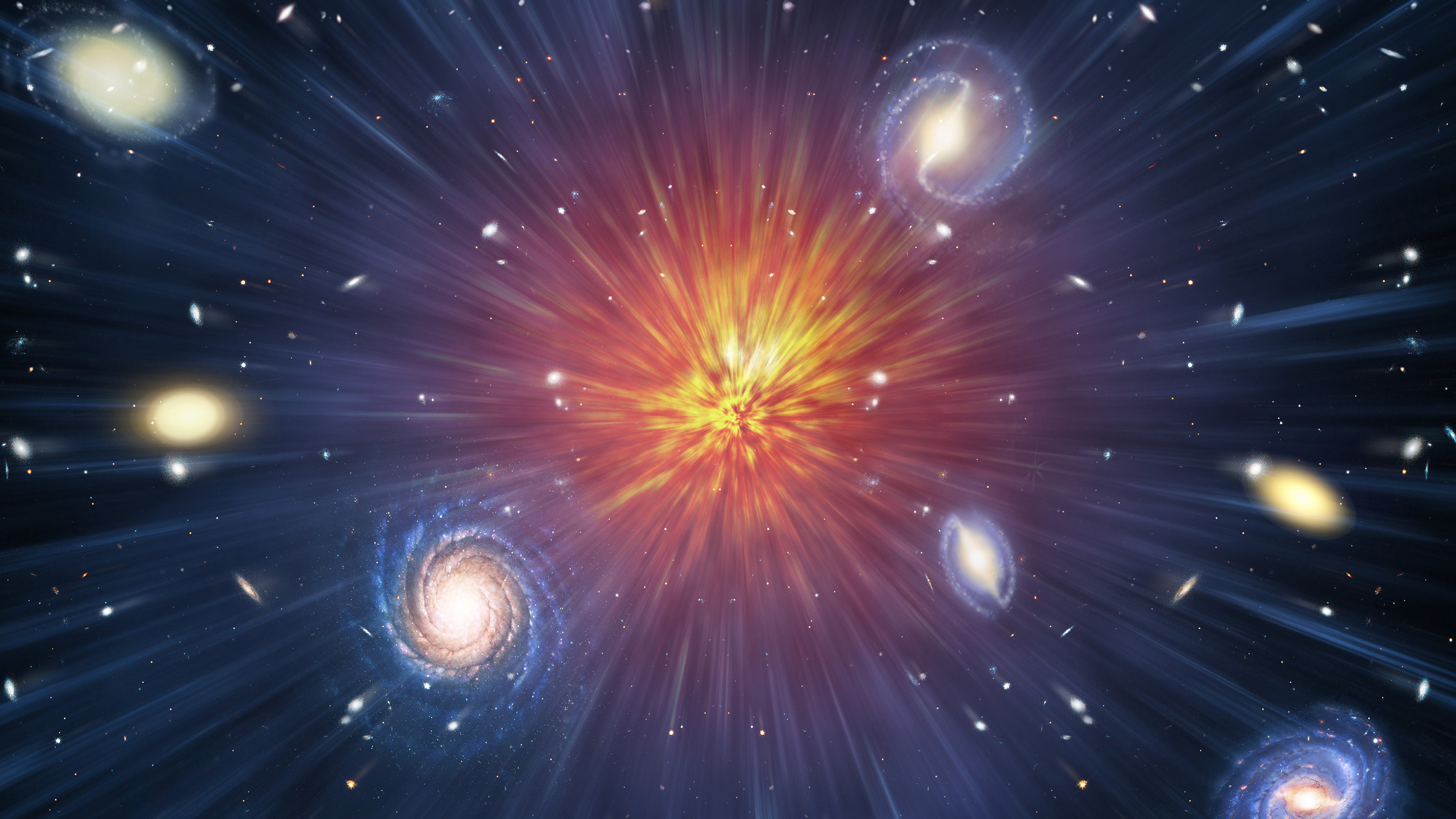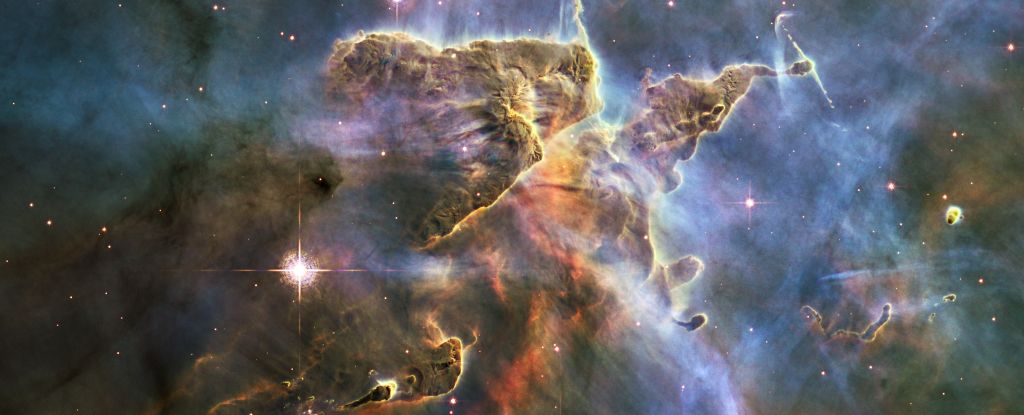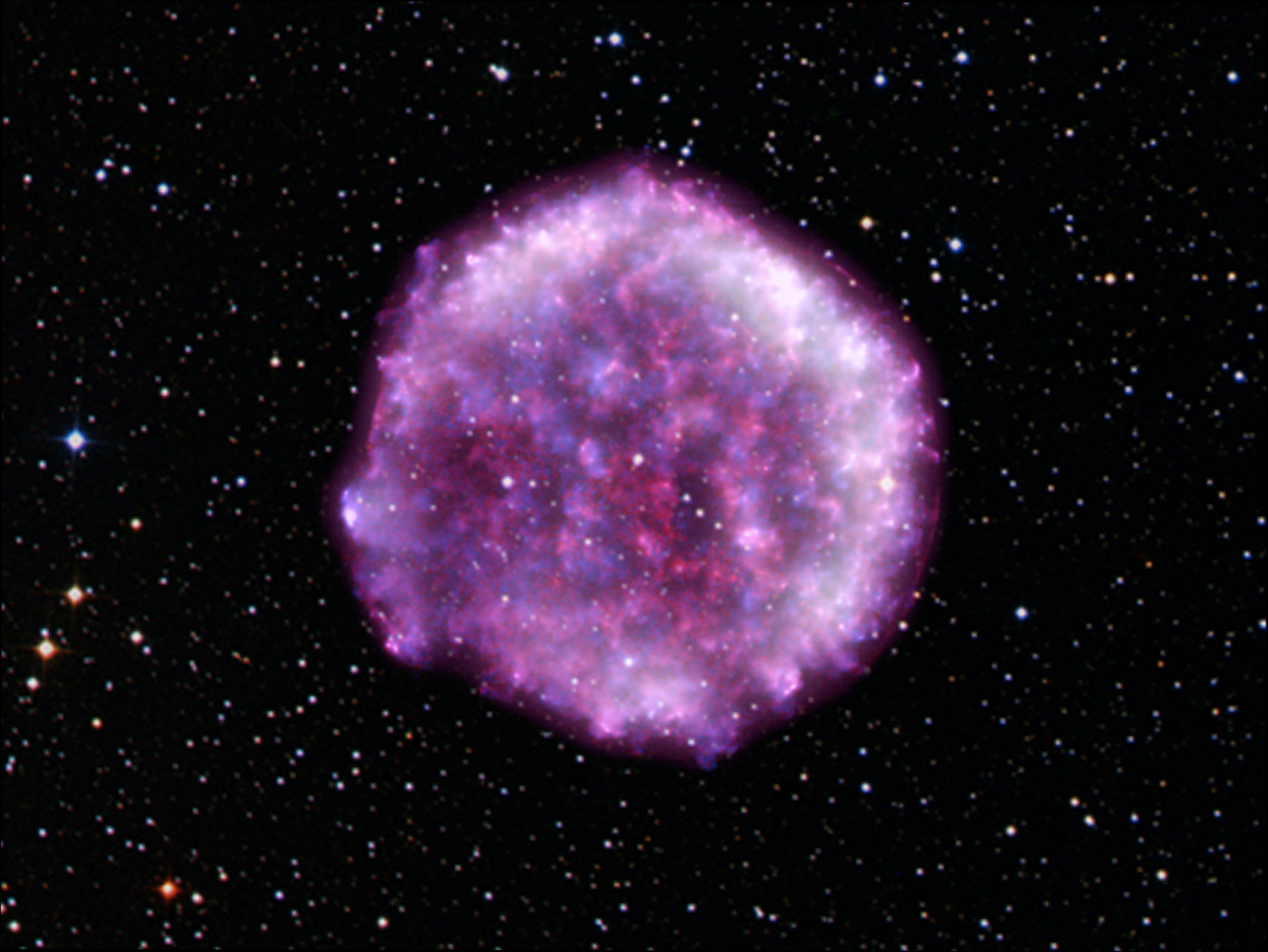Digest of sci-fi news for the week, about which we did not write anything
and / or write an article in the “Sandbox” and send me a link.
And today I will again go over the news of the outgoing week, which our editorial staff should have covered in more detail, but it didn’t work out, because we are not made of iron.
A lyceum of nuclear technologies was built in Dimitrovgrad
In Dimitrovgrad, Ulyanovsk Region, the Construction of the Lyceum of Nuclear Technologies was completed. The lyceum will have a natural-science orientation, and it will be equipped with modern equipment, as well as the necessary computer and research equipment. The construction of the Lyceum of Nuclear Technologies for 1,101 students began in 2020 under the Education national project. The lyceum, according to plans, should accept the first students in the new academic year. The opening of the educational institution will relieve the overcrowded schools of Dimitrovgrad.
Astronomers open the hunt for q-balls of dark matter

We do not understand the nature of dark matter, but we know that it exists. A lot of independent evidence indicates that the vast majority of matter in the universe does not interact with either light or ordinary matter.
Until we have a better understanding of dark matter and its nature, we must work to develop ideas about what it might be. Most theories of dark matter suggest that this is some exotic kind of fermion.
But dark matter could be an entirely new kind of boson. If so, then it may have strange properties. For example, it may not be evenly distributed over space, but form stable clusters the size of stars. Scientists call such clusters q-balls.
In a recent paper published on the arXiv preprint server, a group of astrophysicists proposed a method for finding q-balls. If such a q-ball were to accidentally pass through our line of sight to a distant star, then its light would be temporarily bent and magnified in an effect called microlensing. The effect would be tiny, but in principle measurable.
Proteins may have evolved even before the advent of life

Scientists modeled conditions on Earth as early as 4.6 billion years ago to better understand how amino acids gave rise to the first components of life. Amino acids form proteins that play many vital roles in organisms. Scientists want to understand why a certain group of 20 “canonical” amino acids is used over and over again to create proteins, while there are many other amino acids available.
These 20 amino acids are believed to be composed of ten selected from the atmosphere and meteorite fragments of the early Earth, and ten that appeared later. However, how exactly these last ten amino acids were selected is unclear.
By reconstructing primordial protein synthesis, the researchers showed that ancient organic compounds favored amino acids that were best at folding proteins, tailoring them for specific functions. In other words, already at this stage, a process of evolution or natural selection took place: not those amino acids that were most available were chosen, but those that were best suited to perform a particular job.
The astronauts took beautiful pictures of the aurora from space

The Sun has been very active lately, and as a result, among other phenomena, we can observe wonderful auroras.
The last days of February were marked by streaks of green light undulating across the sky at high latitudes. But not only we living on the surface of the planet enjoyed these amazing light shows.
Hundreds of kilometers above our planet, astronauts also enjoyed a rare sight. Pictures taken from the International Space Station by astronauts Josh Kassada of NASA and Koichi Wasada of the Japan Aerospace Exploration Agency show the polar lights sparkling green against the natural golden glow of Earth’s night sky.
More stars may appear in the Milky Way than previously thought

It is known that as a result of stellar death, a radioactive isotope of aluminum called aluminum-26 is formed. From a cosmic point of view, aluminum-26 is short-lived, with a half-life of 717,000 years. When it decays, it produces gamma radiation with a certain wavelength.
But aluminum-26 is also present in significant amounts in the clouds of matter that surround forming stars. If the speed of matter falling into a star exceeds the speed of sound, a shock wave is formed, generating cosmic rays. When the beams collide with isotopes in the dust, such as aluminum-27 and silicon-28, they can produce an isotope of aluminum-26.
According to generally accepted estimates, the rate of star formation in the Milky Way galaxy is about two Suns per year. Since most of the stars in the Milky Way are much smaller than the Sun, this averages out to about six or seven stars a year.
The scientists took a census of aluminum-26 gamma radiation in the galaxy and ran simulations to see the most likely mechanism for producing the observed abundance of this light. They found that it would be more accurate to estimate the rate of star formation at four to eight solar masses per year, or up to about 55 stars per year.
IXPE helped solve the mystery of the supernova explosion named after Tycho Brahe

An international team of scientists has discovered new information about the remains of a star whose explosion was discovered 450 years ago. The results provide new clues about how conditions in the shockwaves produced in titanic stellar explosions called supernovae accelerate particles to near the speed of light.
As a result of Tycho’s supernova explosion, as much energy was released as the Sun releases over 10 billion years. Thanks to this brilliance, Tycho’s supernova became visible to the naked eye on Earth in 1572, when the Danish astronomer Tycho Brahe and other stargazers noticed it. It was also noticed by 8-year-old William Shakespeare, who described it in an early passage from Hamlet at the turn of the 17th century.
In a new study, astronomers used NASA’s Imaging X-ray Polarimetry Explorer (IXPE) to study polarized X-rays from Tycho’s supernova remnant. IXPE has shown for the first time the geometry of magnetic fields near the shock wave, which is still propagating from the original explosion and forming a boundary around the ejected material. Understanding the geometry of a magnetic field allows scientists to further investigate how particles accelerate in it.
Over the decades, NASA’s Chandra X-ray Observatory has repeatedly observed Tycho’s supernova remnant, helping researchers make groundbreaking discoveries about this amazing formation. With its ability to detect and track polarized X-rays, IXPE builds on the foundations laid by Chandra. Information from IXPE is helping scientists better understand the process by which cosmic rays, the high-energy particles that pierce our galaxy, are accelerated by supernova remnants.






